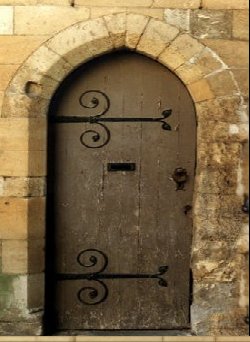|
|
|
|
Doors to the Past |
|
Barboursvilleraised from a small orphan boy. When he received his freedom we were glad to know he was ready to take his place in the world. He was an expert cook, his first salary was eight dollars a month as steward on a steam boat, his wife was chamber maid at a good salary, and when he wrote me, "I have a son named after you and a daughter named after your sister." It pleased me to know he remembered old home folks. THE DEVELOPMENT OF MORRIS HARVEY Morris Harvey College has an incorporated history of thirty-six years. The institution was founded in 1888 as the Barboursville Seminary; but finding it difficult to maintain the school because of the lack of endowment and equipment, the citizens of Barboursville induced the Western Virginia Conference of the Methodist Episcopal Church, South, to take over the plant and make it a denominational college. Accordingly, in 1889, it passed into the hands of the Southern Methodists of West Virginia, and name changed to Barboursville College. In the above status, the school continued to function under the authority of state and church, until the close of the spring semester of 1909. Degrees in education, literature, arts, and sciences were conferred. The records show, that at this time, the requirements of education in the state and of endowment by the General Board of Education in the church were so raised, that the standard college rank was lost and the institution became a junior college, and so remained until 1919. In 1901, Mr. Morris Harvey, a resident of Fayetteville, West Virginia, became interested in education and his attention was toward Barboursville College. In recognition of his liberal gifts, the Board of Trustees changed the name of the school to Morris Harvey College. On account of the growing demand for more complete education at the hands of the church, and at the request of the local Board of Trustees, the General Board of Education determined in 1919 that the school should be made once more a standard, four year, collegiate institution. Pursuant to this decision, in each of the scholastic years of 1919-1921, the addition of the senior year made the program complete, and at the following commencement (1921) the first class with degrees in Arts and Sciences was graduated after a lapse of more than a decade. The curriculum now leads to bachelors' degrees in the college, or certificates in the special departments. The latter include four years in piano and voice; six grades and post graduate in violin; two years in home economics. There is also the standard academy following the requirements prescribed by the state for secondary schools. This is a distinctly separate unit. ( 9 )
|
